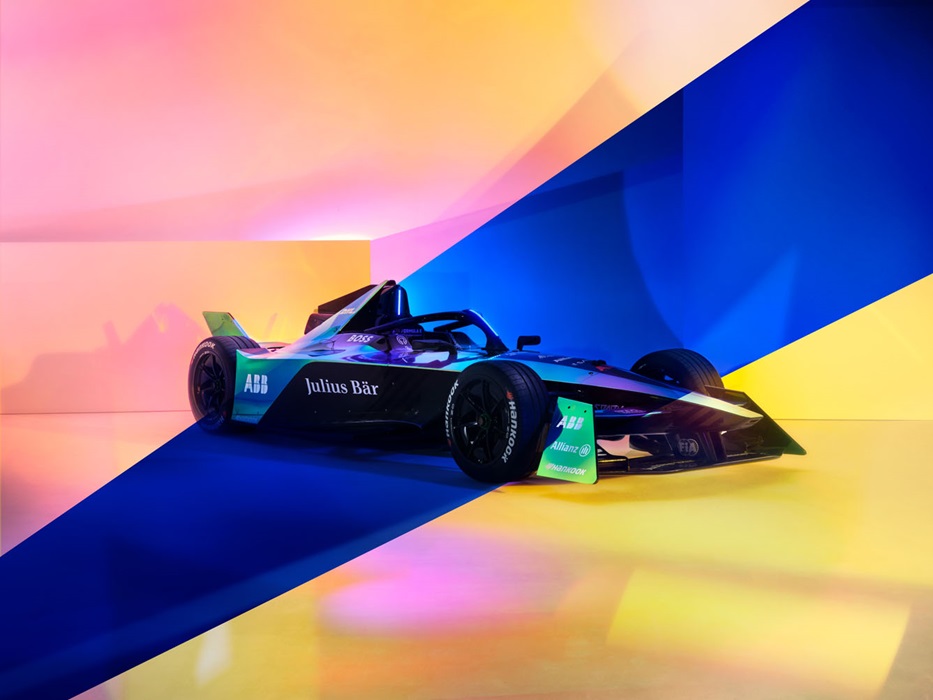

Formula E Gen3 cars have made serious promises about charging speed, backed up with some serious innovation and electrical architecture. After some time in development, the new cars are out and testing at Autodromo Ricardo Paletti in Varano, Italy with their absurdly fast charging systems, which are the fastest of any EV in the world.
The test at Varano was ultra-secret and hosted by Porsche, though the footage of the charging doesn’t show the complete stop. We can see the charger and cable, as well as hear the Jaguar prototype Gen3 car arriving and stopping in the box.
The Gen3 cars are a substantial upgrade over the Gen2. The car is lighter, more powerful, and more advanced, but also employs a different strategy. The battery pack in the Gen2 weighs 849 pounds, the Gen3 lightens that to 626 lbs but has a slightly reduced battery capacity of 51kWh compared to the Gen3 54kWh. The loss of only 3kWh for 223 lbs is impressive.
But the smaller battery capacity means that the new cars won’t be able to complete races without charging. That’s where the new 600kW charging architecture earns its keep. It’s the fastest charging EV on the planet. The fastest commercial EV chargers can do 350kW at best. The 600kW charging enables a single 30-second pit stop during a race, adding 4kWh to the battery to almost directly offset the 3kWh loss in battery capacity.

Gen3 cars will also benefit from twin motors, one on each axle. The rear motor now outputs 469 horsepower, up from 335 hp. The front motor produces 335 hp but it won’t be used for propulsion. Instead, it provides regenerative braking to the front axle. Because of this, the Gen3 car will be the first open-wheel formula car without hydraulic rear brakes, and it will generate up to 40 percent used in the race at the same 600kW as the pit stop charger.
The cars have yet to run in any official races yet. The next Formula E season with the Gen3 cars is set to start in January 2023 at the México City E-Prix.
Got a tip? Email tips@thedrive.com